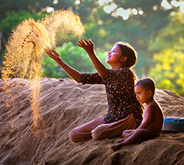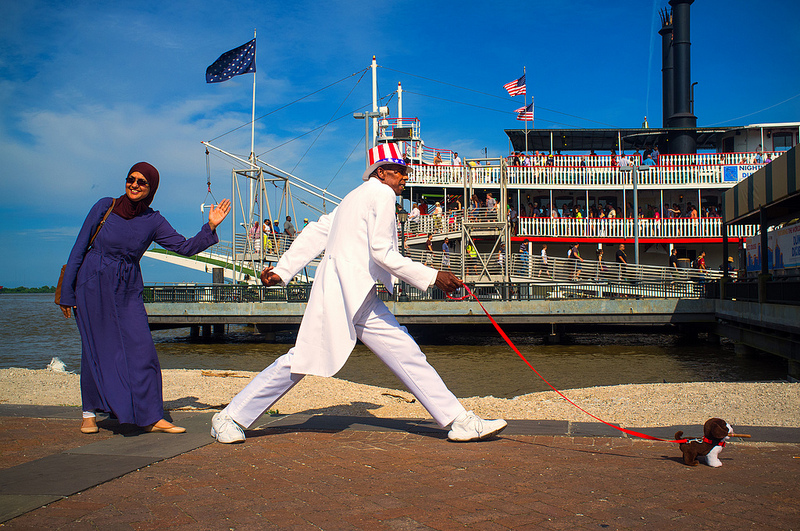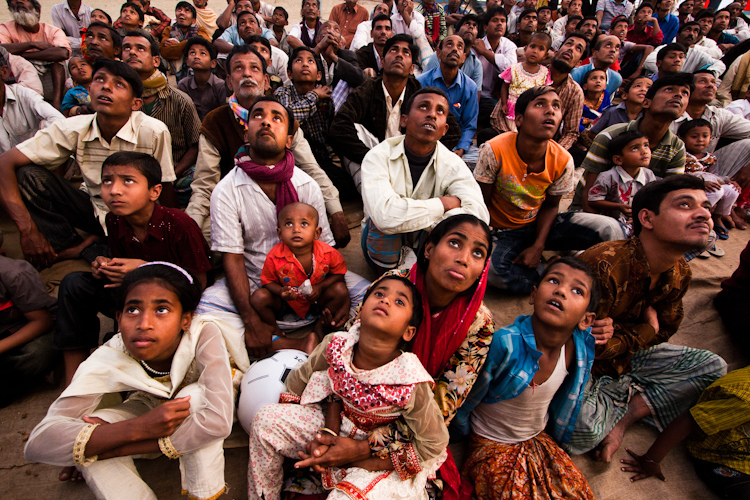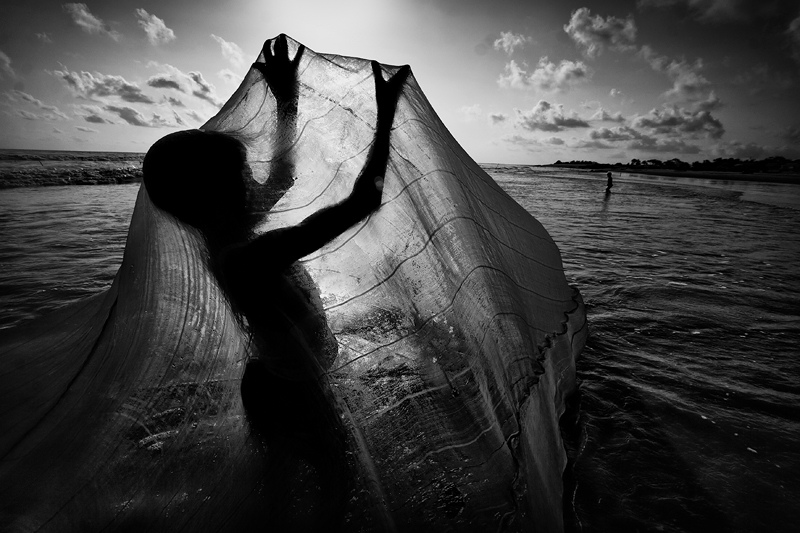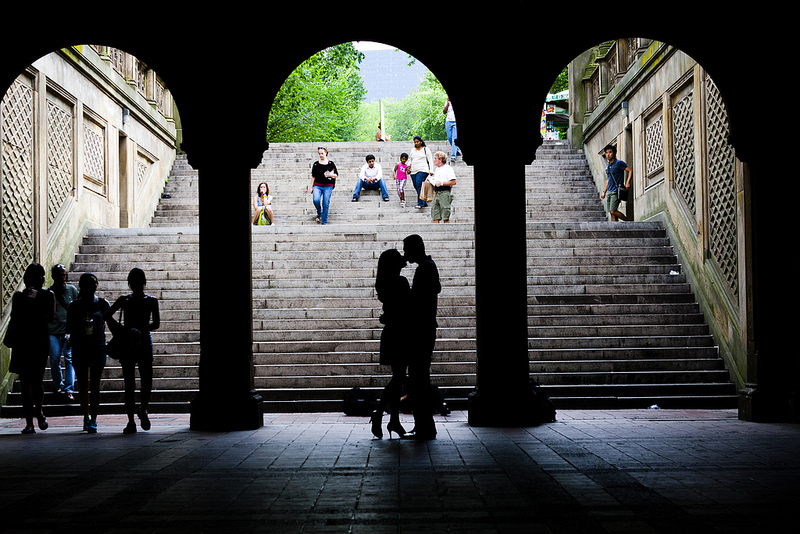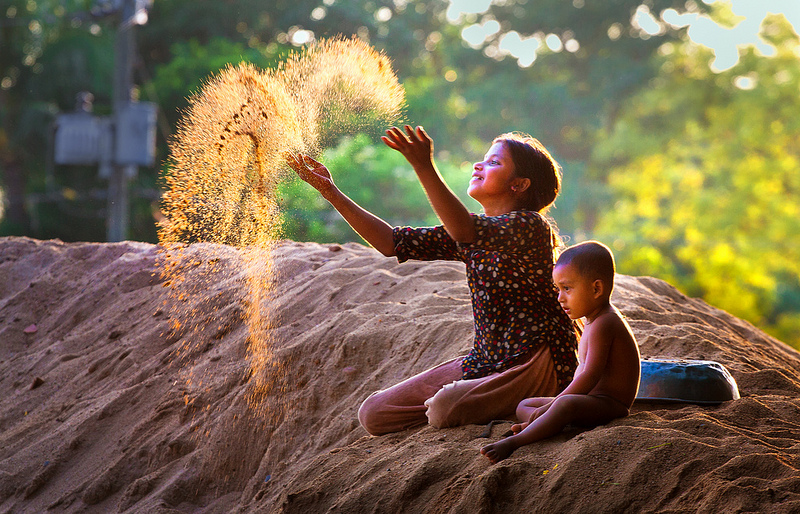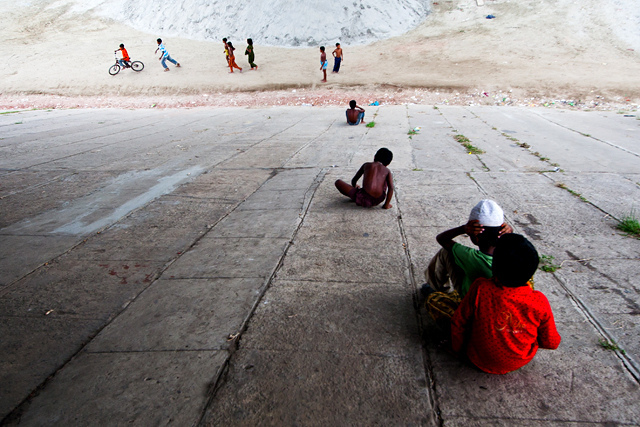This is a fresh start to our new series, which we believe to enact well with some great photographers around the world. My photographs and most importantly the story behind the pictures will open up more awareness and exposure towards the medium of photography and necessitate the pretty reason behind every individual to pursue photography.
Mohammad Moniruzzaman will start this fantastic series with his 6 wonderful pictures and let us listen to his words as he describes every bit of it, about the photograph, the action or the thought process behind making it.
We constantly look forward to new talents and if you would like to share your personal best photographs and the wonderful story behind them. Do mail us at [email protected]
Part of the series “There is no tomorrow” (New Orleans, Louisiana, USA)
This one was captured during my recent trip in New Orleans. To me, this image represent a stark contrast between the East and West. The moment cooks a lot of contemporary issues into an interesting bowl….the cultural difference between the middle eastern countries and United States and at the same times strangely reminds me about the political tension that is going on between these two parts of the world.
Part of the series “The Spellbinders” (Narayanganj, Bangladesh)
This image tells only half of the story and I wanted my viewers to create their own versions of the other half. This photo is originally part of a larger series on rural circus troupes; however, to me, even as a single this image can inspire the imaginations of those who see it.
Part of the series “Kuakata: The Epitome of Human Resilience” (Kuakata, Bangladesh)
A little boy was helping his father to set up the fishing net on seashore of Kuakta, Bangladesh. The seaside community of Kuakata was devastated by cyclone ‘Sidr’ in 2007. To me this local image gives an universal message; the yearn for freedom that every human benign nurtures in the heart irrespective of time, country or culture. Always reminds me of the last scene of ‘The Shawshank redemption’, one of my favourite movies of all times.
A time-stopper called love (New York, USA)
Public display of love is sort of a taboo in Bangladesh, where I am originally from. To me, this moment represents one of the very first cultural differences that I experienced in United States of America. In terms of aesthetics, the silhouette of the couple quickly attarcts the eyes of the viewers, whose faces are hidden against the strong backlight. A moment later, the details of the pedestrians and the architecture catches attention, adding to the drama.
The paradise found (Narayanganj, Bangladesh)
The joy and contentment in her face is so contagious that this photo is bound to make you smile. A simple image turned into something precious with the touch of the afternoon light. This photo was hiding in my hard drive for a long time; I almost forgot about it. To me the joy was comparable to discovering a long lost gem. Do you recognize the pair of horses, by the way?
Different plains (Narayanganj, Bangladesh)
This photograph is not visually striking, but doesn’t fail to deliver the subtle message. I felt like watching my bygone childhood when I took this shot; I felt like an observer of my own past. The boys silently sitting on the slope lead the viewers to the children playing on the ground; or maybe the other way round. The transition is clear.
About the Photographer

Mohammad Moniruzzaman is a Bangladeshi Photographer who has been practicing photography since 2007. His photography represents the humans around him, in the well and in woe. His subjective approach to photo documentation results in images which reflects his own perspective on life.
He has been making images out of variegated aspects of life in Bangladesh for the last five years. Currently he is staying in United States where he is trying to visually translate the subtle aspects of western lifestyle.
You can find Mohammad Moniruzzaman on the Web :
Copyrights:
All the pictures in this post are copyrighted to Mohammad Moniruzzaman. Their reproduction, even in part, is forbidden without the explicit approval of the rightful owners.

